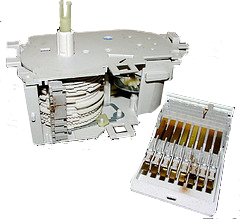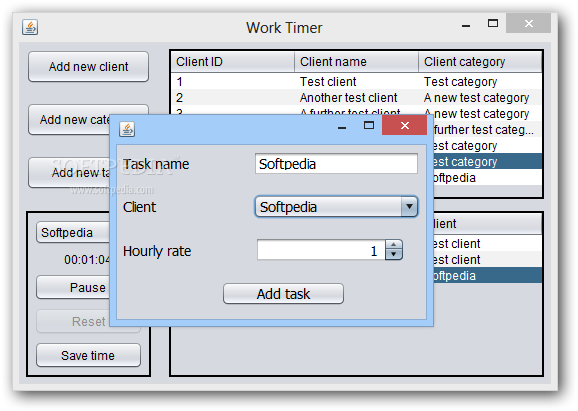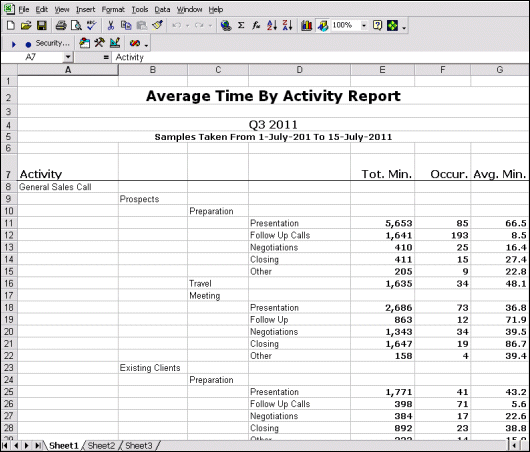

The date beneath the "10" reads Heisei year 7, or the year 1995. Japanese people and businesses have also adopted various conventions in accordance with their use of kanji, the widespread use of passenger trains, and other aspects of daily life.ĭate Japanese 10 yen coin. At the beginning of the Meiji period, Japan switched to the Gregorian calendar on Wednesday, 1 January 1873, but for much domestic and regional government paperwork, the Japanese year is retained.
#JAPENESE WORK TIMER FULL#
JSTOR ( October 2021) ( Learn how and when to remove this template message)ĭate and time notation in Japan Gregorian full dateĭate and time notation in Japan has historically followed the Japanese calendar and the nengō system of counting years.Unsourced material may be challenged and removed.įind sources: "Date and time notation in Japan" – news Please help improve this article by adding citations to reliable sources.

Language requirements for the Japanese work permitĮligible Japan work visa applicants are expected to achieve the ‘N4’ level on the official Japanese Language Proficiency Test.This article needs additional citations for verification. Though the 2025 Japanese Work Permit relaxes some of the language requirements, they are not completely removed. Language Requirements for the 2025 Japanese Work Permit This sector needs thousands of suitable workers for its reinvigoration. Shipbuilding: Japan’s super-aged society has drained talent from its strong shipbuilding industry.Hotel: The hospitality sector also needs workers in sectors including catering, hotel administration, and cleaning.In nursing alone, there is a shortfall of approximately 550,000 allied healthcare workers. Nursing: As an increasing number of Japanese people become elderly, the demand for nurses and carers has climbed exponentially.Construction: Japan urgently needs more than 300,000 overseas workers to keep momentum up on critical infrastructure and development projects.

Agriculture: Japan needs to recruit up to 90,000 foreign agricultural workers as soon as possible to compensate for the rapid aging of the agricultural workforce.To ensure the right workers are targeted, Japan has designated five priority industries for overseas recruits: In addition, the language requirements will also be relaxed to allow more workers to enter the country. Japan’s stringent immigration policies previously targeted highly skilled workers, but the new legislation lowered the barriers to entry for lower-skilled workers who may want to work and live in Japan. Participants, known as vocational trainees are predominantly from the Philippines, Indonesia, China, and Vietnam. Japanese firms who participated in the program recruited workers from a range of developing countries, to equip interns with skills that they could take back to their home countries. The 2025 Japanese Work Permit will probably replace the Technical Intern Program The Technical Intern Program was introduced in 1993 to provide opportunities for lower-skilled workers to work in Japan. The 2025 Japanese Work Permit Is Expected to Replace the Technical Intern Program This was a pretty progressive policy at the time, and it took time for the Diet to debate and adopt the immigration policies necessary for the creation of this new visa status.

Japan has never been big on immigration but it appears that the country is now in a ‘needs-must’ situation and needs to turn things around by 2025.īack in 2018, Shinzo Abe’s government laid the groundwork for welcoming up to 500,000 non-professional workers to replenish labor in sectors like construction, agriculture, nursing, hospitality, and shipbuilding. The shortage of working-age individuals is keenly felt in key sectors of the Japanese economy and by 2025 there will be shortages of up to a million workers with only foreign labor able to make up the deficit.


 0 kommentar(er)
0 kommentar(er)
